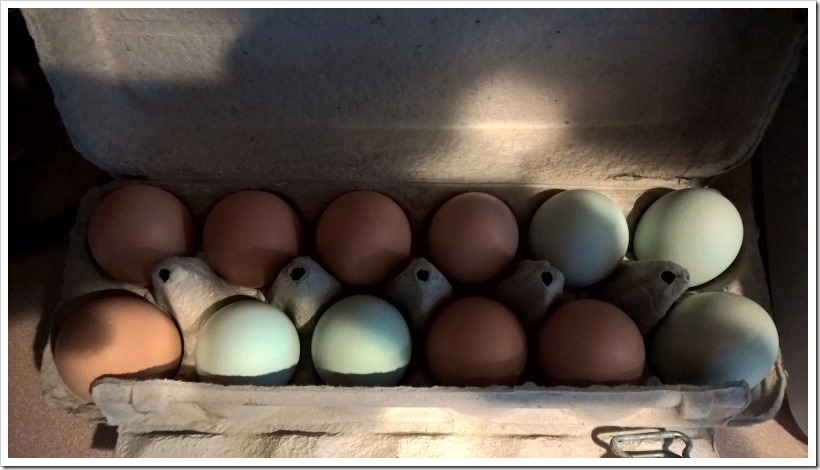Note: This is more of a technical post that I am also posting to my work blog, but since I am a software developer as well as a homesteader this is an interesting cross-section of my two worlds. Most farmers I know are tinkerers, inventors, DIY-ers and improvisers, so this fits right into that line of thinking.
When the Raspberry Pi first came out a few years back, it seemed like a very interesting idea in theory. A tiny computer for $35, completely self-contained, with built-in Ethernet, HDMI and a couple of USB ports. It peaked my interest briefly, but I never got around to trying it out.
Fast forward to 2015 and there’s a new model with a quad-core processor and more memory, which translates into better/faster video options and a lot more power in general. There are plenty of articles discussing all the ins and outs of the new model, but a couple of things made me take a look this time.
One, Microsoft has promised a version of Windows 10 (out in preview right now) that will run on the unit. This opens up all kinds of possibilities for someone who is already intimately familiar with the Windows development eco-system. I do love working with Linux, but the first part of this sentence is a lie. Guess I just lost any geek cred I was building up. I’ve dabbled in Linux on and off over the years and I think the biggest issue is that I’ve never spent enough time in it to get comfortable. So everything I want to do involves a trip to Google.
Two, my company Clarity is sponsoring a concept called Ship Days this year where each employee is expected to “ship” some little side project during the year. It’s pretty wide open, but could be a mobile app, an Internet of Things project or something you might see at a MakerFaire event. Suffice it to say I won’t be the only one taking a fresh look at the Raspberry Pi platform.
I’ve had the Raspberry Pi 2 for a couple weeks now and here are some random thoughts and impressions.
- Since conception the Raspberry Pi fairly quickly became a hacker/tinkerers dream platform. That means there are all kinds of add-ons available, the set up process has gotten drop-dead simple and there are tons of tutorials, blog posts and ideas out there to peruse.
- The Raspberry Pi 2 model mostly changed in how much power is on the board, so pretty much anything that worked with previous models will work with this one. In some cases you might need an adapter cable to hook up the proto boards or shields, but most stuff is fine.
- The “NOOBS” set up experience gives you lots of options, including ones geared to specific uses like as a media center PC. I was up and running in no time on the most common distro (Raspbian) which is a version of Debian Linux.
- The unit doesn’t really like hot-swapping USB very much. I managed to corrupt my first install pretty easily and had to start again. If I understand correctly, part of this is due to using the SD card as your main boot disk, which is much more sensitive to I/O disruption than a traditional hard disk.
- There are tools that make is easy to pop your SD card into your main computer and make a clone of it when everything is working the way you want, so that is certainly a good idea when working with this unit.
- The networking stack seems a bit flaky with wireless. I got the highly recommended Edimax nano usb adapter, but I’m still having trouble with getting the unit to respond consistently to SSH or RDP requests. I put in a job to restart networking every hour or so and that seems to have helped.
- I got the Raspberry Pi camera module and it is extremely easy to work with. Right now I have it taking time-lapse photos of one of my seed starting trays. This tutorial worked great and it’s really simple to get working. More details on this in later posts.
All in all it’s an impressive little piece of engineering, particularly for $35. There are lots of possibilities for automation and monitoring that might be interesting to try on my little hobby farm. Many folks are already using a Pi or Arduino along with sensors to automate plant watering for instance. I bought a couple of moisture sensors that I’m hoping to get hooked up eventually, but as that requires some soldering it involves a bit more time to get up and running. I’m hoping to tackle that next.

